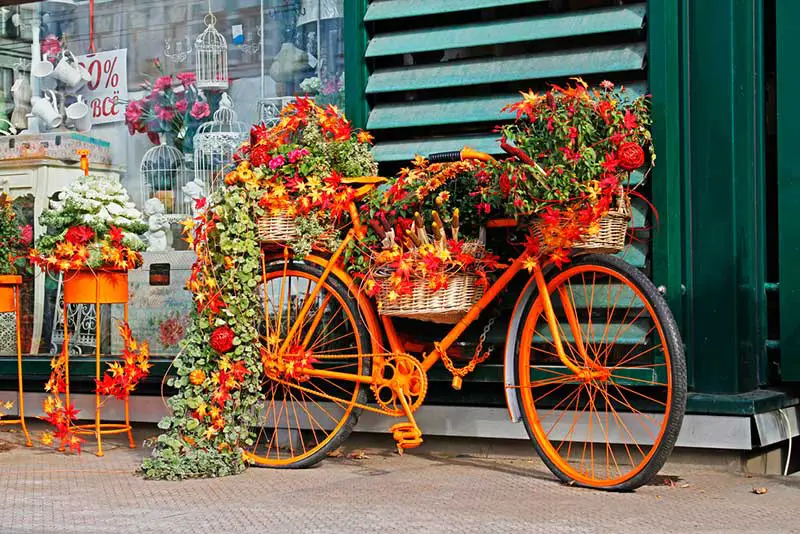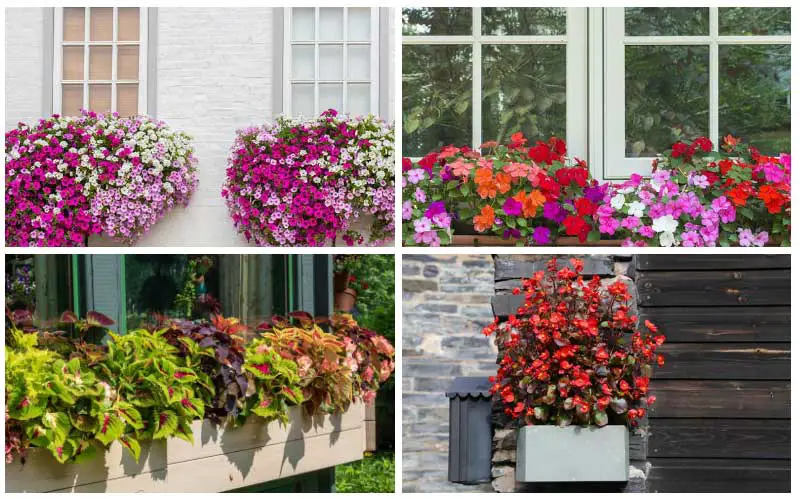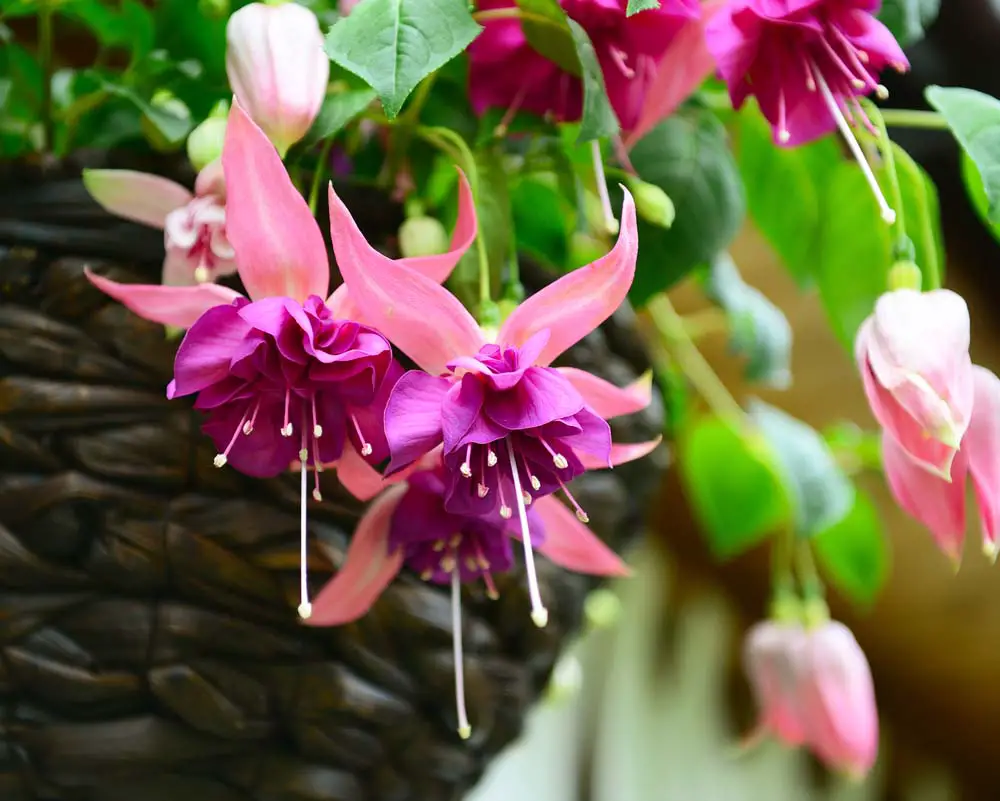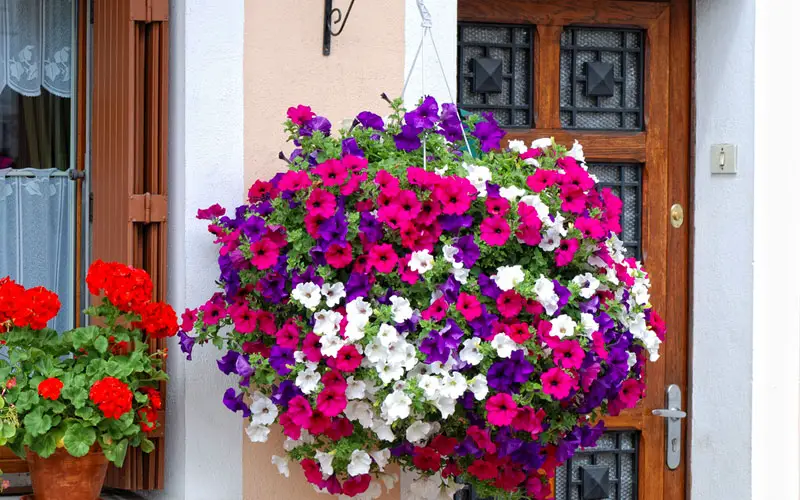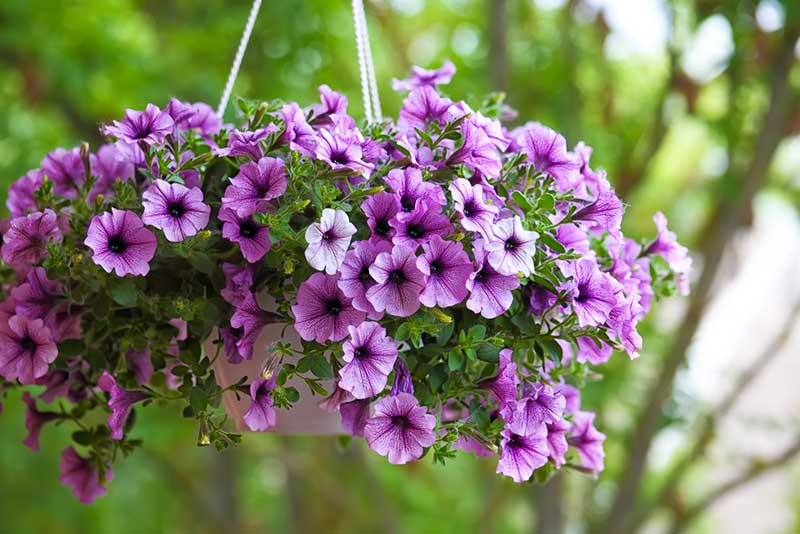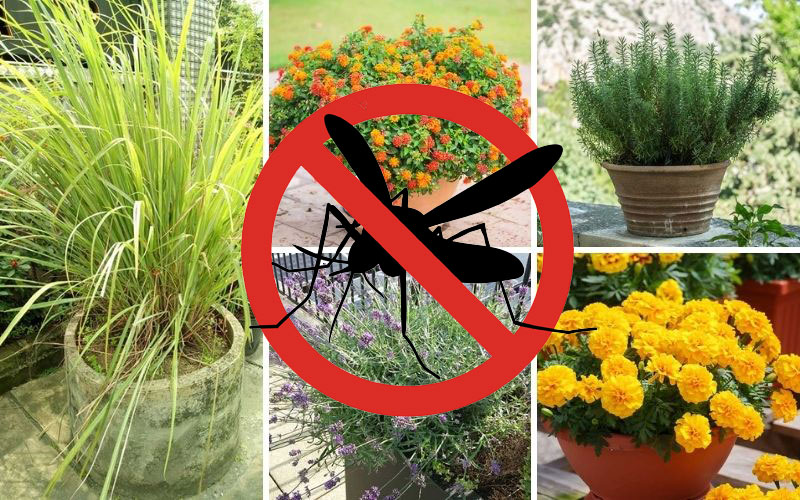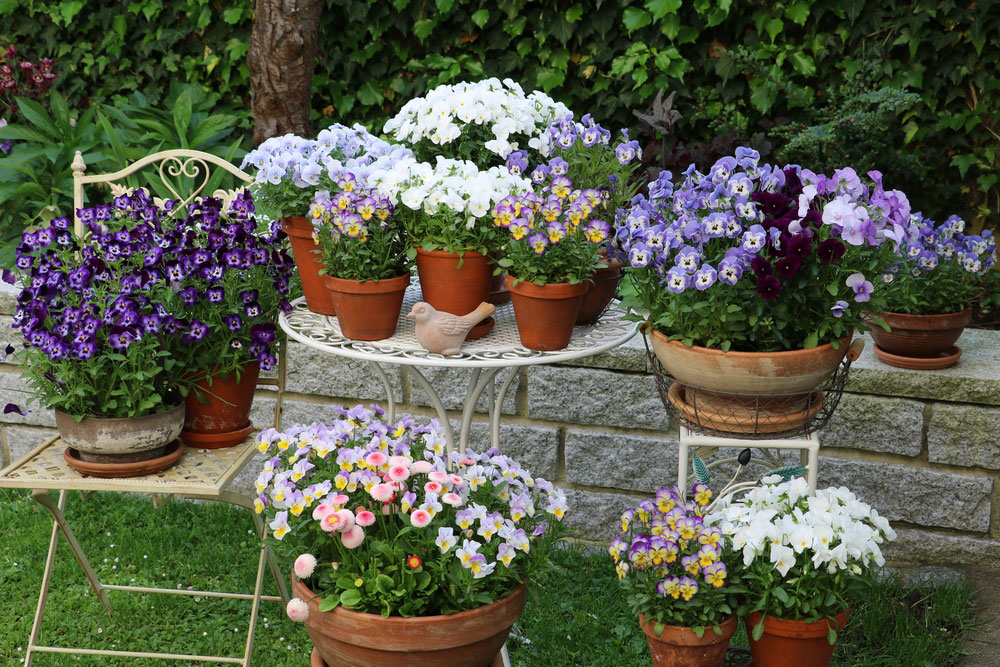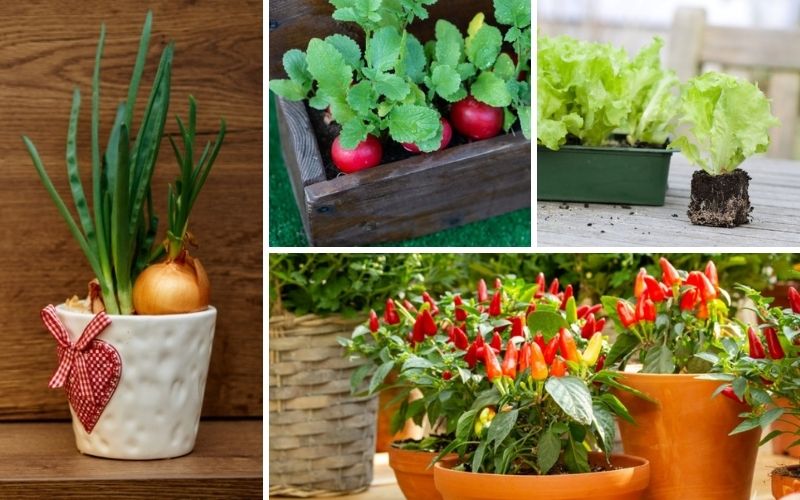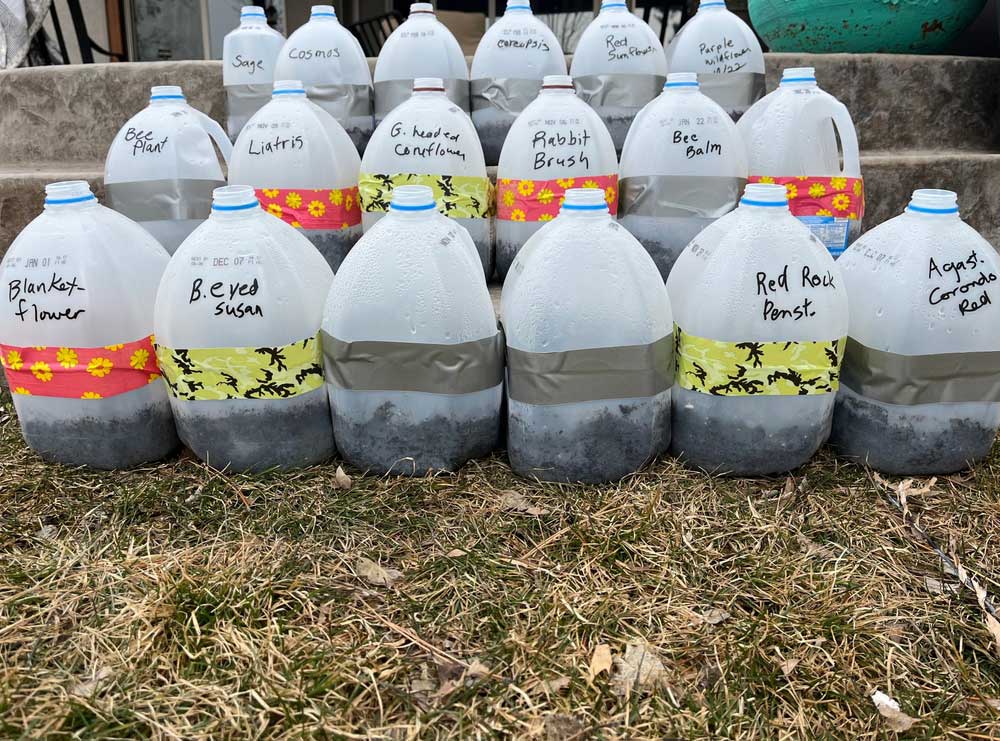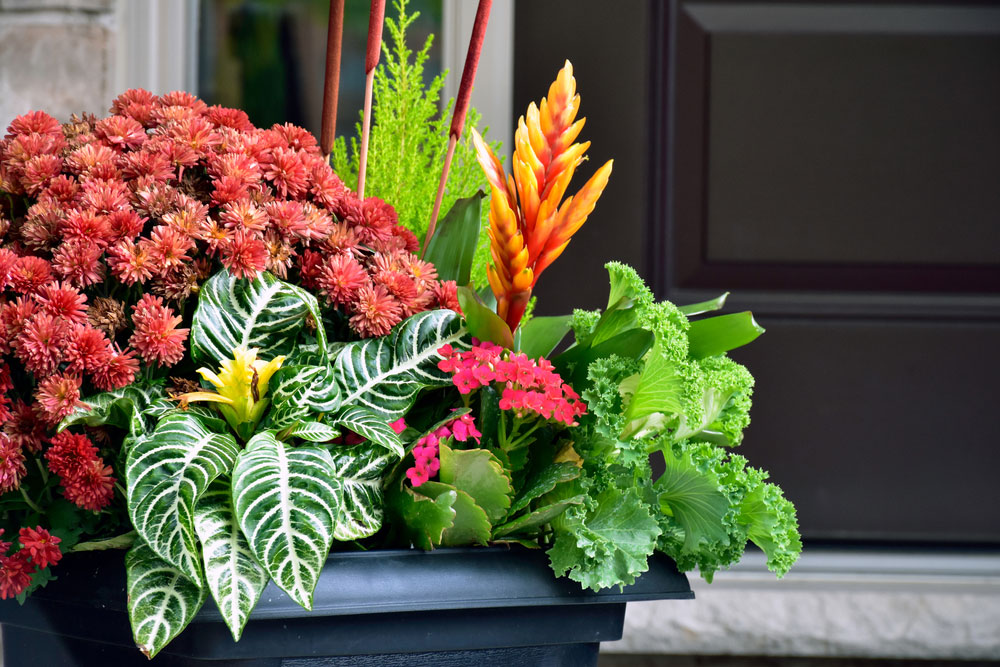
A container garden is the perfect choice for those who have limited outdoor space in which to plant a garden. For example, people who only have a concrete area, such as those who live in apartments, can benefit from a container garden.
A container allows you to grow plants in containers, rather than transferring them to a soil or dirt area.
Most people who have a container garden use a variety of different plants with varying heights, colors and blooming cycles to create a garden that looks beautiful and has different focal points for the eye.
If you are new to creating a container garden, you may have no idea where to start.
Here is a guide to help you as you go about creating the perfect container garden for your space.
Tips on Choosing Plants for a Container Garden
When you are selecting plants for a container garden, it is always strongly recommended that you select plants that are native to your area.
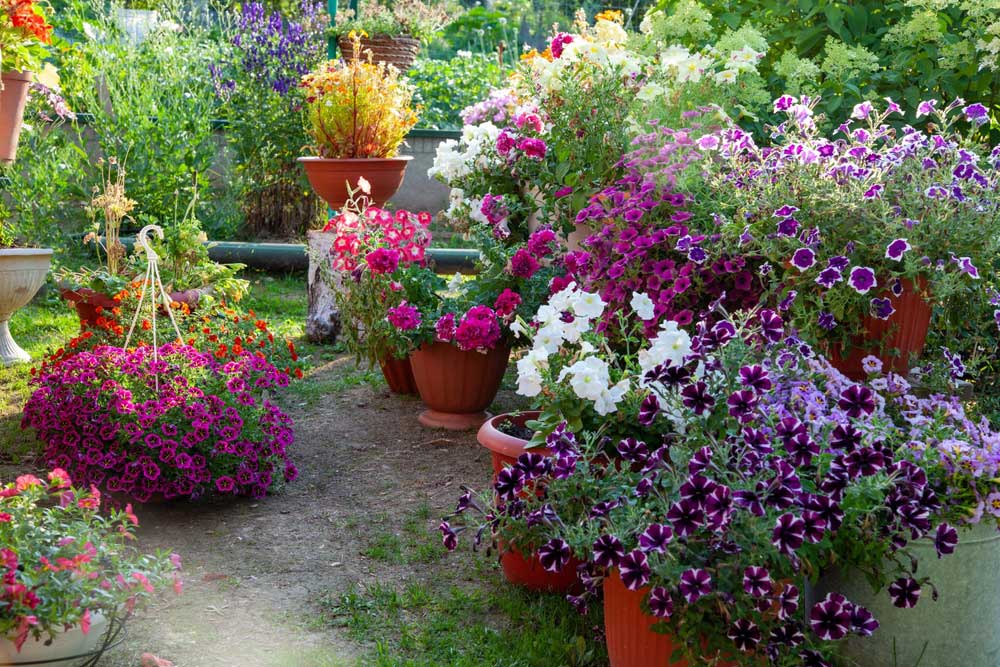
Plants that are native to your area are most likely to thrive outdoors in your area and will do well given the weather w
It is also important that you consider the elements where your container garden is going to be placed. Look at how much sun the area gets and what time of day the area gets sun. From there, find plants that do best in the conditions that are present in your space.
For example, if your space gets partial sun, you need plants that require partial sun. Or, if your space gets full sun, you need plants that will not die if they are exposed to all of that sun.
When selecting a container garden, you also want to select plants of varying heights.
This creates a dynamic that helps your garden to look full, while also allowing each plant to stand out and shine. Learn how high a plant grows and how wide a plant grows to find plants that have varying heights.
Tips on Combining the Right Plants With Each Other
As you go about selecting plants for your container garden, you may find yourself wondering how you can go about combining the right plants.
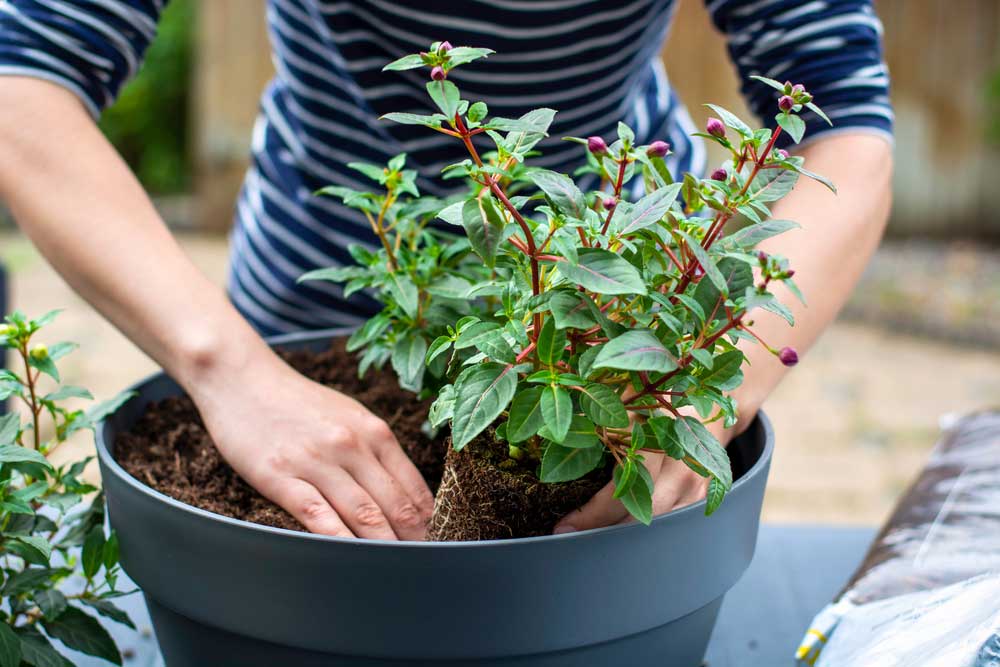
There are many factors you need to consider when selecting plants that will work well together. Consider the colors of the plants, when the plants bloom, and the height and width of the plant.
Most experts recommend that you plant an equal combination of tall plants, filler plants and trailing plants.
This will create a nice balance that makes your garden look full and colorful, with a wide array of colors and varying textures.
How to Plant in Layers
One of the most common misconceptions about container gardens is that each plant needs to be planted in their own container. You can mix and match plants in one container as long as they have the same soil and light requirements.
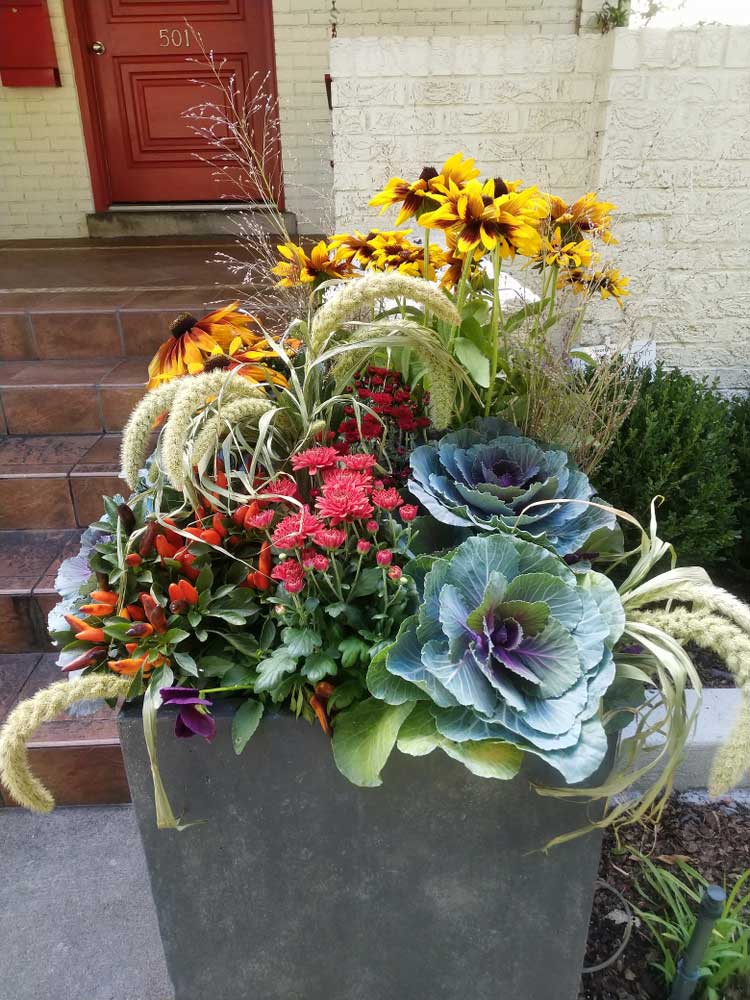
When planting a container garden, you may want to consider planting a tall focal point plant with a filler plant and/or a trailing plant.
This helps to fill the container while adding depth and layers to your garden. Once you have containers planted, you can play around with the placement of the containers on your garden to create the perfect garden for you.
Picking the Right Containers
When you are picking containers for your garden, you always need to think about drainage. Containers may look beautiful, but if they do not allow soil to drain, your plant will suffer.
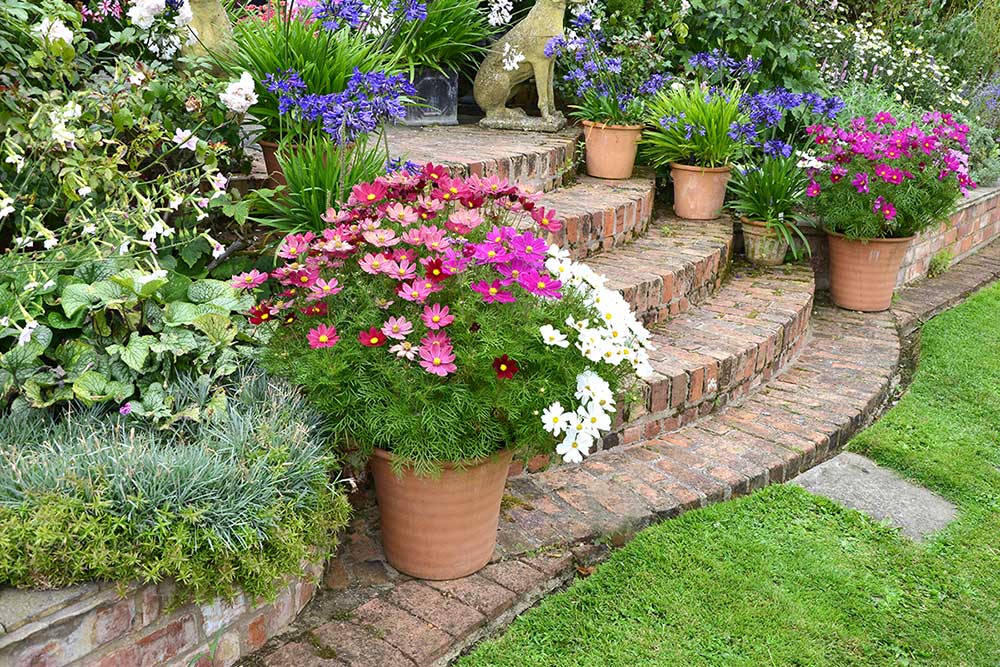
Also consider how hot the container gets. Dark-colored containers can heat up, which warms up their root system of your plants. Try to pick materials that can breathe and do not heat up to help your plants thrive.
Container gardens allow people who may not have a yard to still have a beautiful garden. Selecting the right plants and the right containers are key to ensuring your container garden can grow and thrive.
Learning about plants native to your area and paying attention to what a plant needs can help you select plants that will thrive based on the conditions in the space you plan to place your container plants.





